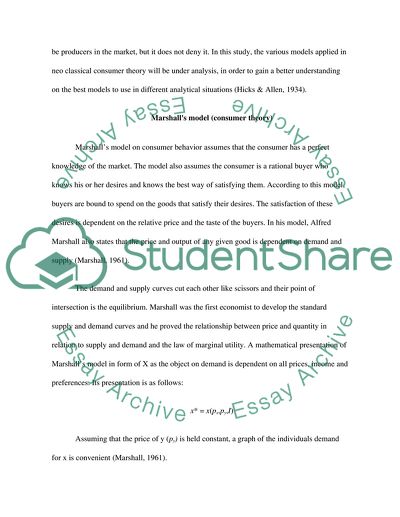Cite this document
(Theoretical Evidence That the Hicksian Model Attempts to Enhance the C Essay, n.d.)
Theoretical Evidence That the Hicksian Model Attempts to Enhance the C Essay. Retrieved from https://studentshare.org/macro-microeconomics/1849758-the-hicksian-compensated-demand-function-attempts-to-enhance-neo-classical-consumer-theory-present-hicks-model-and-examine-the-subsequent-theoretical-debates
Theoretical Evidence That the Hicksian Model Attempts to Enhance the C Essay. Retrieved from https://studentshare.org/macro-microeconomics/1849758-the-hicksian-compensated-demand-function-attempts-to-enhance-neo-classical-consumer-theory-present-hicks-model-and-examine-the-subsequent-theoretical-debates
(Theoretical Evidence That the Hicksian Model Attempts to Enhance the C Essay)
Theoretical Evidence That the Hicksian Model Attempts to Enhance the C Essay. https://studentshare.org/macro-microeconomics/1849758-the-hicksian-compensated-demand-function-attempts-to-enhance-neo-classical-consumer-theory-present-hicks-model-and-examine-the-subsequent-theoretical-debates.
Theoretical Evidence That the Hicksian Model Attempts to Enhance the C Essay. https://studentshare.org/macro-microeconomics/1849758-the-hicksian-compensated-demand-function-attempts-to-enhance-neo-classical-consumer-theory-present-hicks-model-and-examine-the-subsequent-theoretical-debates.
“Theoretical Evidence That the Hicksian Model Attempts to Enhance the C Essay”, n.d. https://studentshare.org/macro-microeconomics/1849758-the-hicksian-compensated-demand-function-attempts-to-enhance-neo-classical-consumer-theory-present-hicks-model-and-examine-the-subsequent-theoretical-debates.


